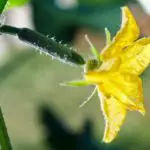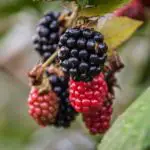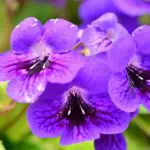Last Updated on February 10, 2023 by Derek
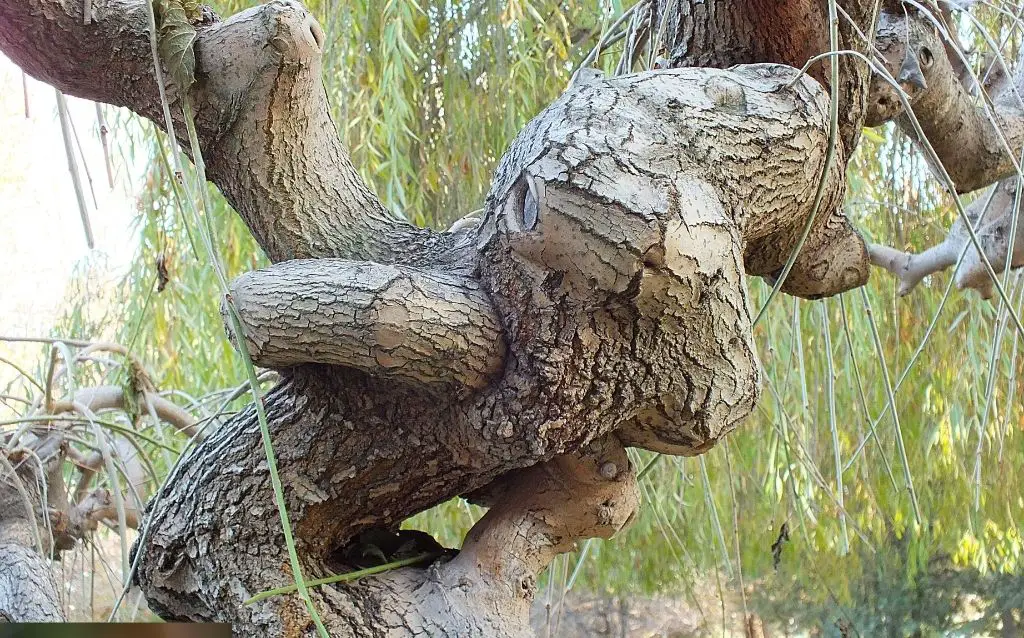
- Deciduous
- Evergreen
- Angiosperms
- Gymnosperms
Botanical scientists define a tree as any perennial plant with a stretched-out stem or trunk that can support its branches and leaves. They further help you identify trees from how different they are from each other.
They classify trees into two categories which divide further into four types of trees. The first category is a classification based on leaves, and the second is based on seeds.
As a keen gardener and amateur botanist, I am constantly amazed by the diversity and beauty of all types of trees. From the towering redwoods to the delicate cherry blossoms, trees offer a wealth of visual and ecological benefits. Observe the intricacies of each species, from their unique bark patterns and colors to the delicate balance of their branches.
Each type of tree has its own individual charm, whether it be the fragrant magnolia flowers or the striking colors of falling autumn leaves. It doesn’t matter if in the wild or cultivated in a garden, trees are a source of inspiration and a symbol of resilience. To be surrounded by their beauty is truly a gift.
Tree Identification – Tennessee EDU
Key Takeaways:
- Trees are classified into four types: deciduous, evergreen, angiosperms, and gymnosperms
- Deciduous trees shed their leaves seasonally and have broad leaves, examples include elm, maple, and oak
- Evergreen trees retain their leaves throughout the year and are mostly found in tropical rainforests, examples include eucalyptus and hemlock
- Angiosperms are flowering trees that bear fruits with seeds enclosed inside the ovary, examples include apple, mango, and guava
- Gymnosperms do not have flowers or fruits, and their seeds are exposed and grow on leaves, scales, or cones, examples include fir, pine, and spruce
- There are approximately 60,065 types of trees on earth
- Deciduous trees are also known as hardwoods and typically shed their leaves in autumn
- Coniferous trees are gymnosperms, bear naked seeds and cones, and are primarily evergreen, relying on wind for pollination
- Trees can be named using their scientific name for easy identification
- In the US, there are three main types of forest trees: hardwoods, softwoods, and mixed woods.
The following are the four types of trees.
Video – Different types of trees
Deciduous trees
They are trees that shed their leaves seasonally to avoid water loss and survive. Most of them have broad leaves and a high rate of photosynthesis. Shedding leaves enables these trees to preserve water as they prepare for winter. Examples include elm, Maple, and oak.
Evergreen Trees
Evergreen trees are the direct opposite of deciduous as their leaves remain intact throughout the year. New leaves keep growing to replace the aging ones. Most of the tropical rainforests fall under this category. Examples include eucalyptus and Hemlock.
Angiosperms
These are flowering trees that bear fruits with seeds enclosed inside the ovary. They are seasonal trees, and their reproductive system is in the flowers. They are either bisexual or unisexual and rely on animals for reproduction. They include apple, mango, and guava trees.
Gymnosperms
Gymnosperms do not have any flowers or fruits, and their seeds are exposed without any protection and grow on leaves, scales, or cones. They are primarily softwoods and depend on wind for pollination. They include fur, pine, and spruce.
How Many Tree Types Are There?
A comprehensive study of the world’s plants shows approximately 60 065 types of trees on the earth’s surface. Further research reveals that more than half, 58%, of these trees endanger extinction as this percentage was discovered in one country.
In addition, more than 300 species are in a critical condition of endangerment as there are less than fifty individual trees left of them.
Brazil hosts the largest number of tree varieties as it flaunts more than 8,715 tree species. Research showed that the area near the Arctic region of North America hosts the least number of tree species, less than 1’400, not to mention the polar regions that cannot support any trees’ growth.
What Are the Major Types of Trees?
All the tree varieties on earth lie in two categories; deciduous and coniferous. Once you understand this classification, you will be able to identify any tree without any trouble.
Deciduous Trees
- They are also known as hardwoods, and they typically shed their leaves in autumn in preparation for winter.
- Most of these trees have broad and flat leaves, but the shape depends on the tree species
- The branches spread out as the tree grows to attain a round shape.
- The blossoms grow into fruits with seeds enclosed inside
- They thrive best in mild and wet climatic conditions but can also survive the
Coniferous Trees
Coniferous trees are gymnosperms meaning they bear naked seeds and no fruits. Evergreen plants like pine trees are coniferous that retain their leaves throughout the year. As the name suggests, the main distinguishing feature is that conifers produce cones.
The following are the significant characteristics of coniferous trees.
- They bear cones and naked seeds but no fruits
- Most are evergreen and have needle-like leaves to minimize water loss
- They have unique leave types from other plants; linear, acicular, or scale-like leaves
- Coniferous plants are gymnosperms; they reproduce through naked seeds on cones. They rely primarily on wind for pollination
Types of Trees with Names
Trees make a significant contribution to nature’s beauty, and it is essential to be able to identify them. Since some trees may have contradicting common names, botanical scientists have come up with scientific names for each plant for easy identification. Here are some types of trees.
| Common name | Scientific name | Classification |
| Indian rosewood | Dalbergia sissoo | It is a hardy deciduous native to Southern Iran and the Indian subcontinent |
| The black walnut tree | Juglans nigra | It is a native deciduous plant |
| Eastern white pine tree | Pinus strobus | It is a coniferous native to Southern Canada. |
| English yew | Taxus baccata | It is a coniferous tree native to Southern, Western, and Central Europe. |
| Atlantic white cedar | Chamaecyparis thyoides | It is a tall evergreen tree spread across 80 to 250 km on the coastal belt. |
Types of Forest Trees (USA)
America flaunts its green treasure, with approximately 36.21 of the entire territory being forest area. With this vegetation wealth, the US has almost 147 distinct forest types, namely tropical, temperate, and Taiga Forest.
Here are some types of forest trees; hardwoods and softwoods in the Us.
- Red Maple (Acer rubrum)
- Flowering dogwood (Cornus florida)
- Quaking Aspen (Populus tremuloides)
- Loblolly Pine tree (Pinus taeda)
- Coast Redwood (Sequoia sempervirens)
- Ponderosa pine (Pinus ponderosa)
- Coast Redwood (Sequoia sempervirens)
- Sugar maple (Acer saccharum)
- American sweetgum (Liquidambar styraciflua)
- White oak (Quercus alba)
Infographic – 4 types of trees
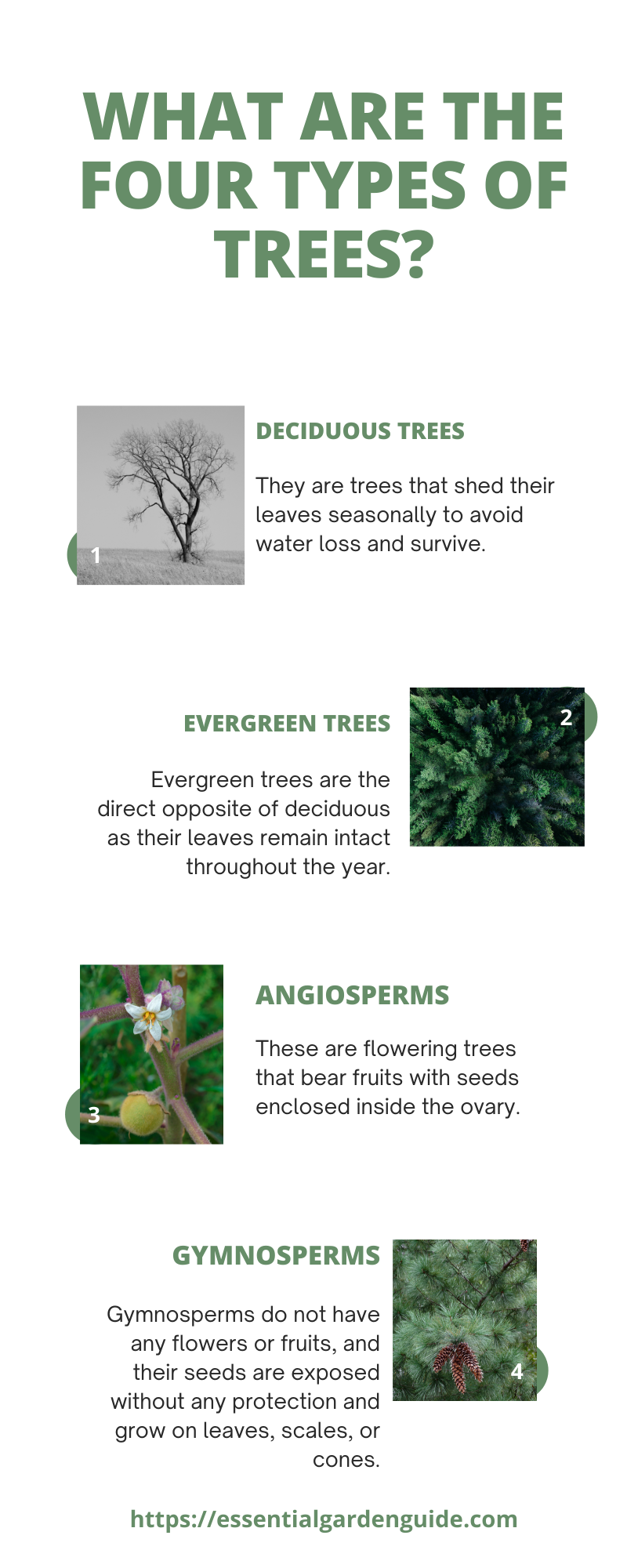
50 Trees Names in English
Trees play a vital role in the environment, including air purification. There are many different tree varieties that vary in height, lifespan, growing conditions, and climatic preferences in the forests. Some are softwoods, while others are hardwoods.
To differentiate these tree species, botanists have come up with classification based on tree characteristics, giving each tree a specific name alongside the common name.
Here is a list of 50 trees.
- Banyan
- Babul (Acacia)
- Neem
- Sandalwood
- Teakwood
- Bamboo
- The American Beech Tree
- Oak
- The Common Fig Tree
- Date Palm
- Ironwood
- The Black Ash Tree
- The White Ash Tree
- Walnut
- The English Elm Tree
- The Mountain Magnolia Tree
- The Bigtooth Aspen Tree
- Delonix Regia
- Deodar Cedar
- Ebony
- The Eastern Cottonwood Tree
- Mango Tree
- Banana Tree
- Tamarind Tree
- Guava Tree
- Jack Fruit Tree
- Coconut Tree
- Betel Nut Tree
- Apricot Tree
- Bael Tree
- Gulmohar Tree
- Curry Tree
- Eucalyptus Tree
- Mohwa Tree
- Amla Tree
- Papaya Tree
- Khejri Tree (Shami)
- Bastard Teak
- Sorrowless Tree
- Beetel Nut/Areca Nut Tree
- Casuarina Tree
- Custard Apple Tree
- The European Beech Tree
- The Black Birch Tree
- The Paper Birch Tree
- Mast Tree
- The American Chestnut Tree
- The Pin Cherry Tree
- Cannon-Ball Tree
- Palm Tree
Names of Trees and Plants Common in Gardens
While most trees are known to grow in the wilderness, some will grace your garden in different seasons. Some are grown for fruits, while others are just ornamentals plants and other purposes like ground cover. There are also popular flowering plants and shrubs to spruce your garden color and fragrance.
So, if you are looking for incredible trees and plants for your garden, here are some options.
Mango tree (Mangifera indica)

A Mango tree is a fruit-bearing plant native to Asia (Myanmar) but widely spread to many parts of the world, where they are grown in gardens for fruits. It grows to 100 feet and forms a canopy spreading up to 35 feet. The trees grow best in typical gardens, but small varieties can grow in pots.
Here are the growing and care tips for mango trees.
- It can tolerate a vast array of soil types but thrives best in well-draining loam with acidic, neutral, or alkaline pH; 5.5 to 7.5
- It blooms best in full sun; at least 8 hours of direct sunlight exposure
- It appreciates above 50% humidity and temperatures about 70 degrees. They cannot fruit in freezing conditions.
- It blossoms in winter
- The fruit is edible, but the sap, bark, or fruit skin is toxic to humans and can cause dermatitis.
| Common Name | Botanical Name | Soil pH Range | Soil Type | Sunshine | Growing Zones |
|---|---|---|---|---|---|
| Mango Tree | Mangifera indica | 6.0 – 7.0 | Well-draining, fertile | Full sun | 10-11 |
Saucer Magnolia (Magnolia X soulangeana)
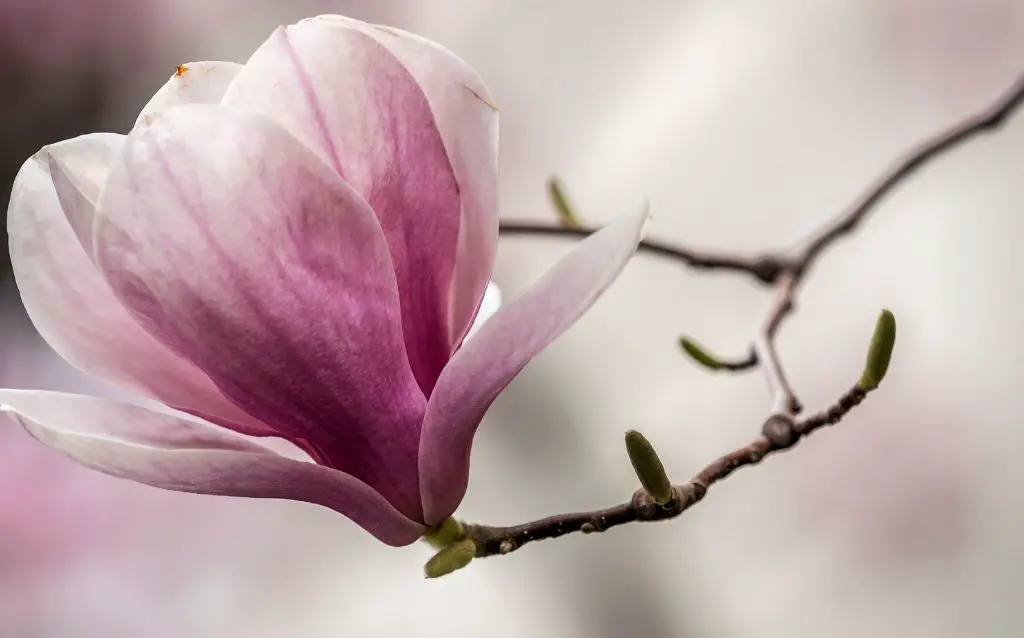
First bred in France, this hybrid is a flowering tree or large shrub that rises from cross-breeding of the lily tree and lily magnolia, a shrub. Initially grows as a shrubby plant with many branches that you can prune into a small tree.
Here are the growing requirements for this plant.
- It grows to a mature size of 20 to 25 feet in height and width
- It thrives in moist, organically rich, well-drained soil with acidic or neutral pH
- The plant appreciates best full sun exposure but can tolerate partially shady spots
- Under the right conditions, it produces pink or white flowers in spring
| Common Name | Botanical Name | Soil pH Range | Soil Type | Sunshine | Growing Zones |
|---|---|---|---|---|---|
| Saucer Magnolia | Magnolia x soulangeana | 6.0 – 7.0 | Well-draining, moist | Partial sun to full sun | 4-9 |
Silver Maple (Acer saccharinum)
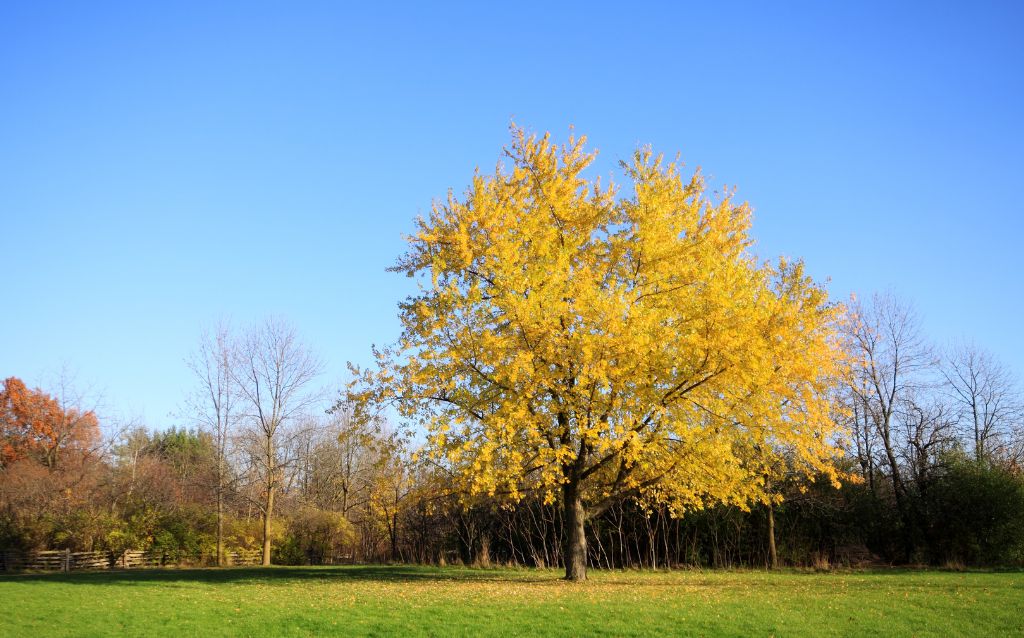
It has several common names, including water maple, creek maple, white Maple, etc., and is a fast-growing tree that can attain a mature size of 50 to 100 feet in height. It is native to Eastern North America. The following are its growing conditions.
- It loves acidic, neutral, or slightly alkaline sand or loam
- It blooms well in full to partial sun
- It performs well in both warm and cool climates
| Common Name | Botanical Name | Soil pH Range | Soil Type | Sunshine | Growing Zones |
|---|---|---|---|---|---|
| Silver Maple | Acer saccharinum | 4.5 – 7.5 | Moist, well-draining | Full sun to partial shade | 3-9 |
Green Giant Arborvitae (Thuja plicata)
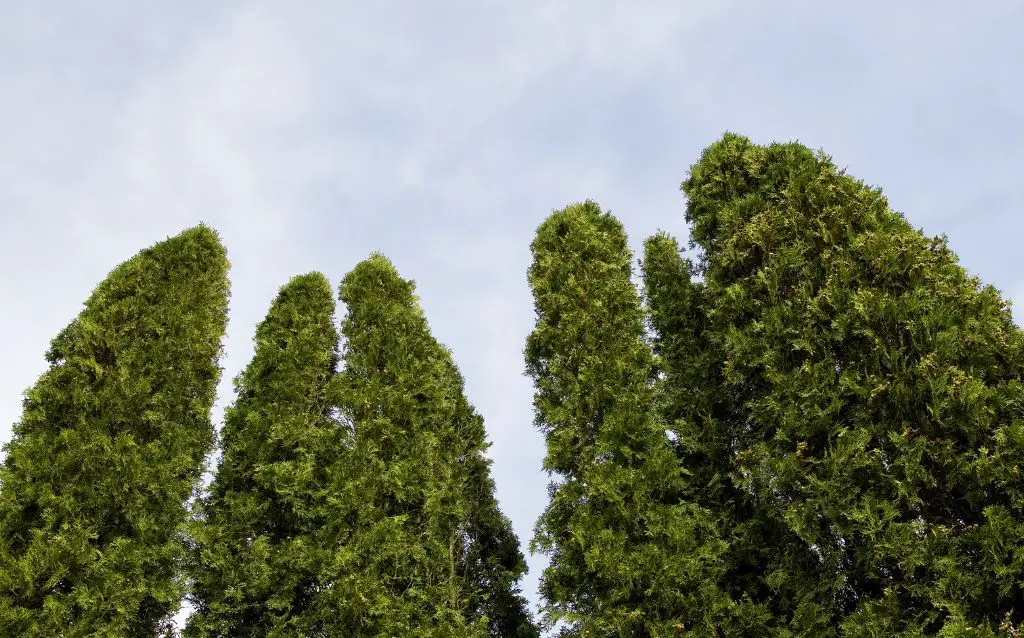
It is a genus of plants that consists of about six evergreen and coniferous trees native to North America and East Asia. The following are its favorable growing conditions and facts you need to know.
- It is non-flowering and grows 40 to 60 feet in height and 12 to 18 feet in width.
- It prefers rich, well-drained loam or clay with a neutral, acidic, or alkaline pH
- The plant performs well in full sun or partial shade
- It performs best in hardiness zones 5 to 8 USDA
| Common Name | Botanical Name | Soil pH Range | Soil Type | Sunshine | Growing Zones |
|---|---|---|---|---|---|
| Green Giant Arborvitae | Thuja plicata ‘Green Giant’ | 5.5 – 6.5 | Well-draining, moist | Full sun to partial shade | 5-9 |
10 Tree Names That Do Not Lose Their Leaves
Evergreen trees retain their leaves intact throughout the year. Here are some examples of such trees.
- Fir tree
- Spruce tree
- Cedar
- Cypress
- Boxwood
- Butia Capitata
- Eleagnus
- Portuguese Laurel
- Olive tree
- Washingtonia




